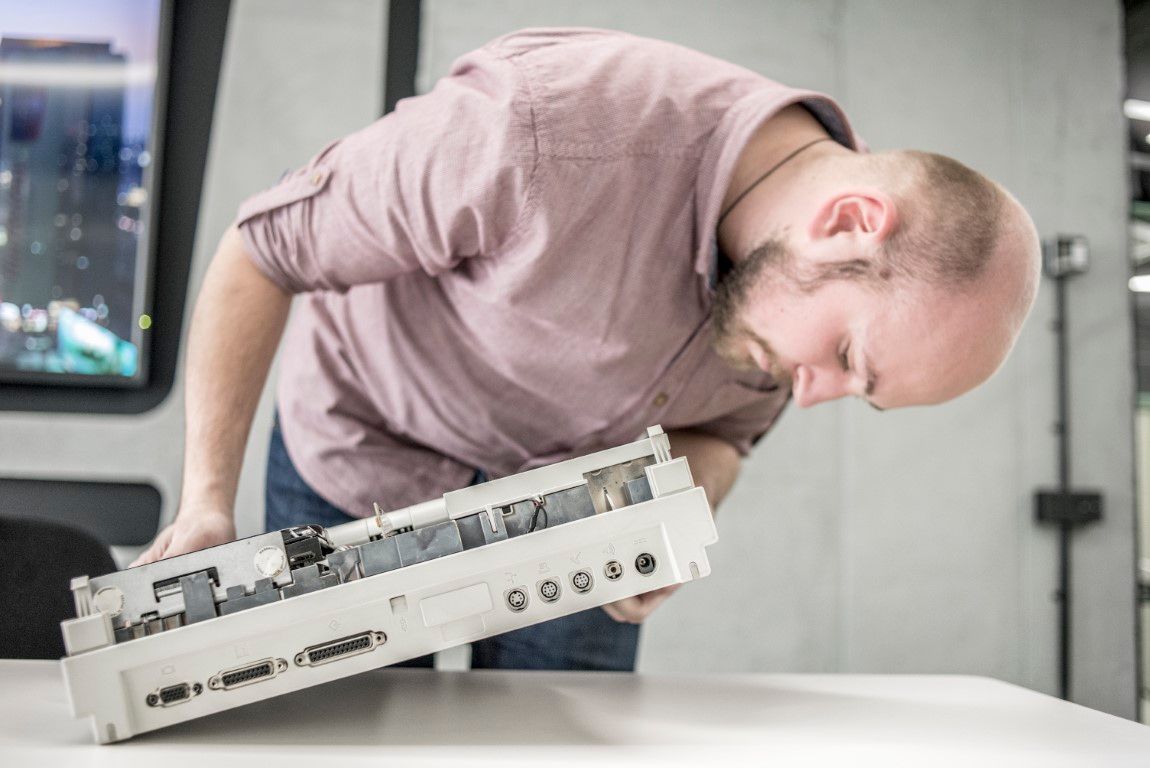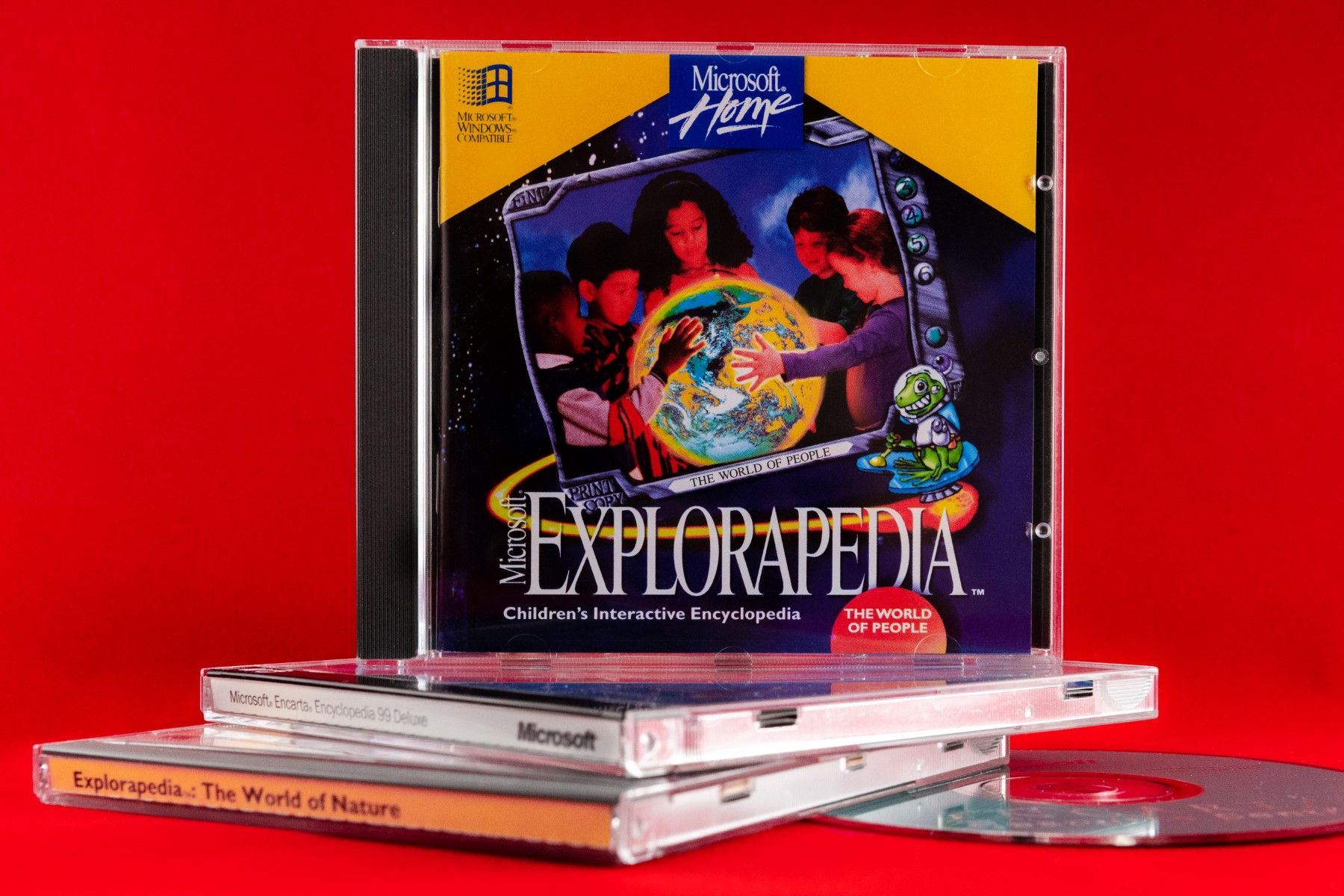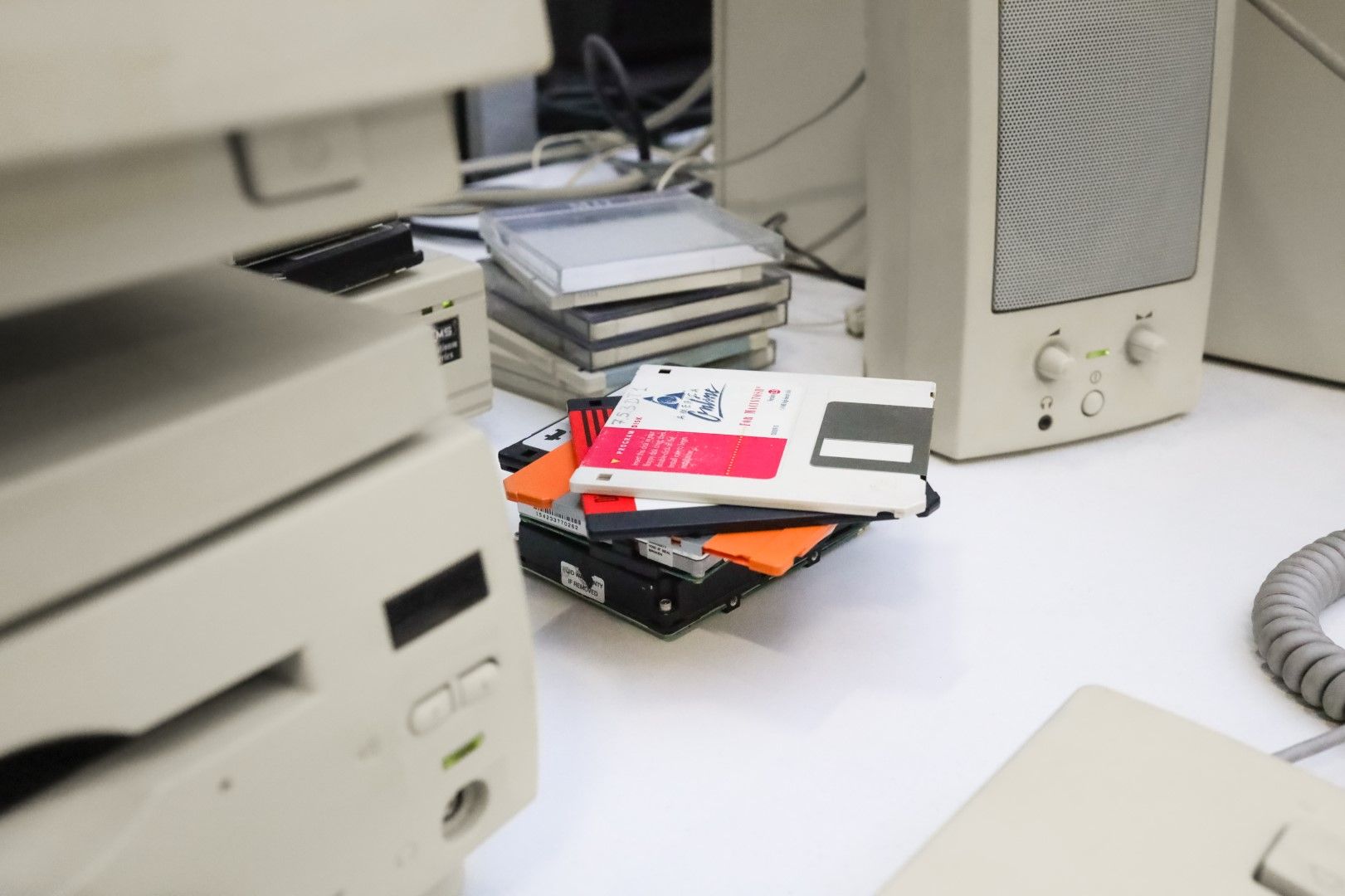The author of this article would’ve loved to claim that he was targeted by Big Rubber while reporting; alas, it was nothing more than a chemical process. It all started with an attempt to restore a Macintosh computer from the early 1990s, during which it was discovered that many of those Macs came with hard drives which turn faulty due to a degrading rubber dampener. Then, as I started working on this piece, rubberized sides of my vintage HP iPAQ handheld were discovered to be cracked. Newer devices were prone to degradation, too: this Christmas, I have inadvertently gifted a Nixon watch with a soft-touch coating which turned oily and sticky.
Rubber does decay—even more so if we’re talking about old electronics and other vintage devices kept as collection items or objects of personal nostalgia. Amateur collectors do not usually have access to the same resources and expertise as specialized conservation institutions, and treating pieces of personal tech as things worth preserving doesn’t span as many generations as with many other artifacts.
With decades of institutional research, it would be strange not to ask professionals for some advice applicable to home collections. 30pin has surveyed several museum professionals and people in academia about preservation of rubber and rubberized materials as applicable to old consumer electronics.
“Disgusting Tar-Like Substance”
Mesoamerican people processed rubber thousands of years ago, and further experimentation by Europeans and Americans led to an explosion of applications in the 19th century. Conservators hence had to devise ways to preserve rubber artifacts well before the modern enthusiast community was formed. In a 1988 study published in AICCM Bulletin, Sharon Blank of the Los Angeles County Museum of Art noted that rubber “is already posing problems in museums,” and listed several conservation practices. More research followed, with some compiled into guidelines—like the one by Canada’s heritage department—for use by accredited museum professionals.
Meanwhile, retrocomputing enthusiasts were forming their own takes on conservation which largely focused on the looks and ignored professional standards. Many people in the scene are still keen on de-yellowing old plastics with homemade peroxide-based gel (dubbed “retrobright”), a process which alters the structure of the material and does not prevent it from turning yellow again. The community is filled with stories which would make a museum curator gasp, such as the one a high-profile YouTuber using a Dremel saw to open a rare computer.
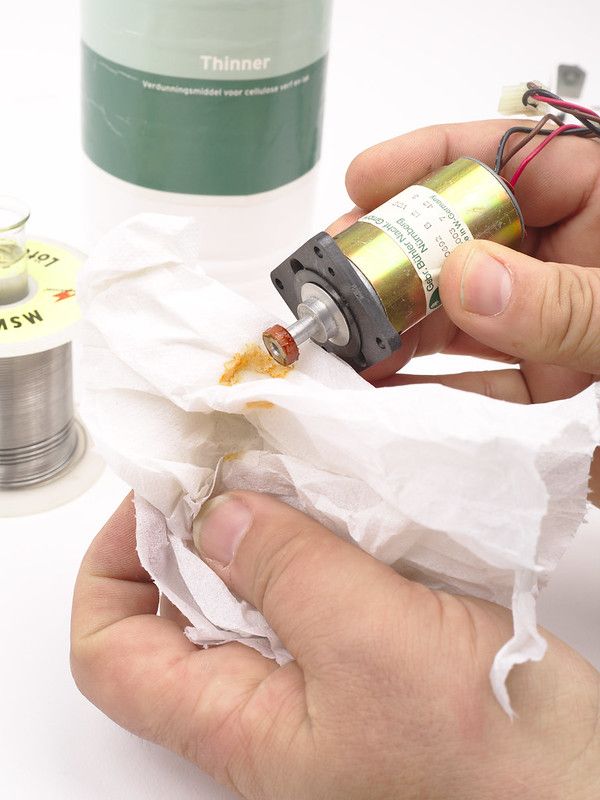
What gives rubber and other elastic polymers their key capability—to return to an original form after being stretched or pushed—is their molecular structure. Building blocks which these polymers are made of are connected by carbon-carbon bonds to each other. When these chains are broken, rubber gets softer, noted Blank in his study; when they are linking together, the material gets more rigid and brittle.
Buttons, grips, and other rubberized components of many old electronics tend to turn into a sticky goo under uncontrolled, real-life conditions. “It seems to happen to different degrees depending on the material, and it crosses many industries,” says Gravis, a US-based pseudonymous vintage electronics enthusiast behind the Cathode Ray Dude YouTube channel. He describes having to deal with the rubber decay on old laptops, PDAs, and weatherproof broadcast cameras: “Sometimes it just becomes unpleasant to touch but doesn’t really leave much on your hands; other times, it’s a disgusting tar-like substance that melts like peanut butter as soon as you touch it and leaves hideous black streaks on your hands that are hard to wash off.” Several mid- to late-2000s devices became sticky after a year or two of keeping them away outside a climate-controlled environment, Gravis notes.
Museums, especially ones which focus on consumer electronics, face the problem on a wider scale. Will Wood, content director of the newly opened Mobile Phone Museum, says they had to recycle some cellphones from their collections because “they are so sticky, and they are so disintegrated.” Registered in the UK, the museum lists over 3,500 devices including duplicates—and, per Wood’s estimates, “about 5 to 10 percent of our phones have some sort of cosmetic issues—with plastic, battery, that kind of thing.”
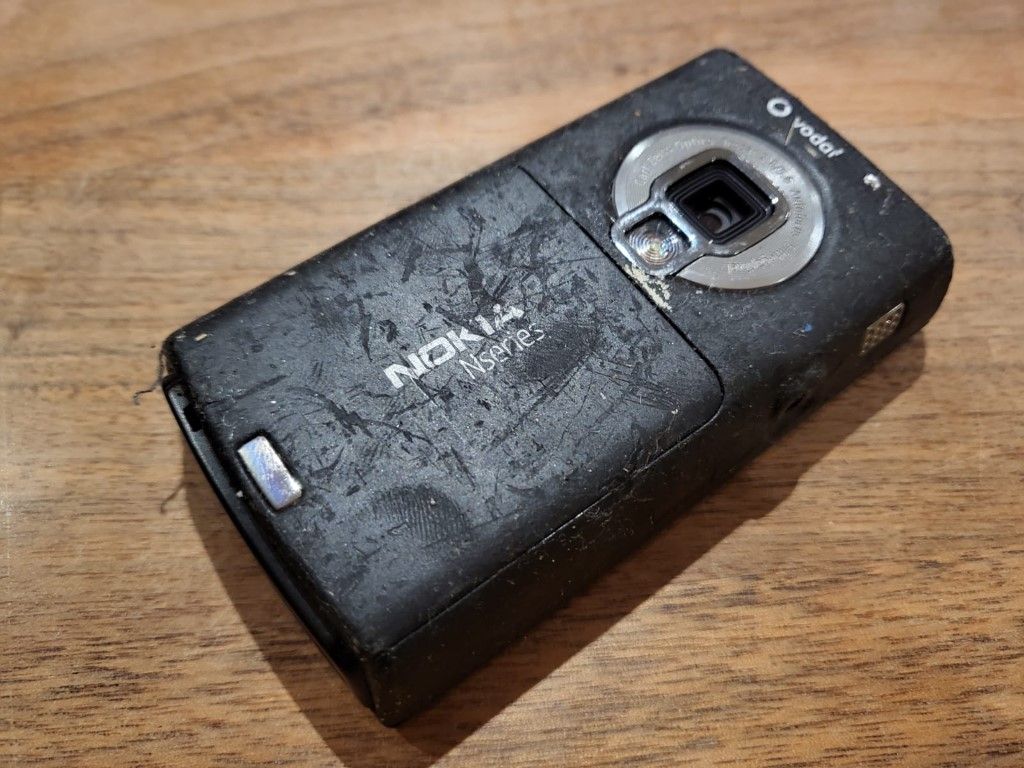
Plastic degradation can take other forms, too. Dr. libi rose striegl, a Media Archaeology Lab manager at the University of Colorado Boulder, tells that, in a semi-desert climate of the inland state, rubber tends to get hard and crumble. “The age range on our collection is so wide that we encounter a lot of different rubber issues, but the thing that springs immediately to mind is our lie detector from the 1930s that had a lot of natural rubber components,” they say. Beyond getting rigid, these parts emit a distinct odor which striegl described like “the lingering smell you get several days after accidentally melting plastic, plus general mustiness/staleness.”
Preventing (Or Living With) The Decay
“Nothing can be done to halt this decay, but with care it can be slowed considerably,” says Adrian Page-Mitchell, collections officer at the Centre for Computing History in Cambridge, UK. Per the museum’s web site, it preserves over 800 vintage computers, as well as mobile phones, consoles, and memorabilia—about 24,000 items total.
In an email interview with 30pin, the curator advises keeping objects in a dry environment, as stable as possible temperature-wise. “Nothing will hurt an object more than being kept in a hot room, as it accelerates the gassing,” Page-Mitchell notes. He explains that all plastics and rubber emit gas, so items should be put in ventilated bags made of inert plastic and preferably left in the open. “If an object has to be kept in a box for space restrictions, remove it regularly and sit in out for an hour or two, separate all materials from each other,” he advises.
Belts, gaskets, washers and many other internal rubber elements—used in floppy drives or other motorized components—are easy to replace with modern parts, curators agree. striegl notes that vintage computers with built-in printers tend to take non-standard belts for their print drives, though. But there’s no way to replace such details within hard drives without permanently damaging the device, Page-Mitchell says. In cases of a faulty drive, he advises to keep the collection machine stored intact and use modern stand-ins—usually based on a Raspberry Pi computers or Arduino micro-controllers—for the display one.
Cords and cables are, in striegl’s experience, covered in “the worst rubber I run into on a regular basis… always either rigid or sticky, always gross.” They note that rubber bands which some people use to wrap plastic around them decay as well. For that purpose, Page-Mitchell advises using museum-grade string. (He pointed at a Norfolk-based Preservation Equipment Ltd as the centre’s supplier.)
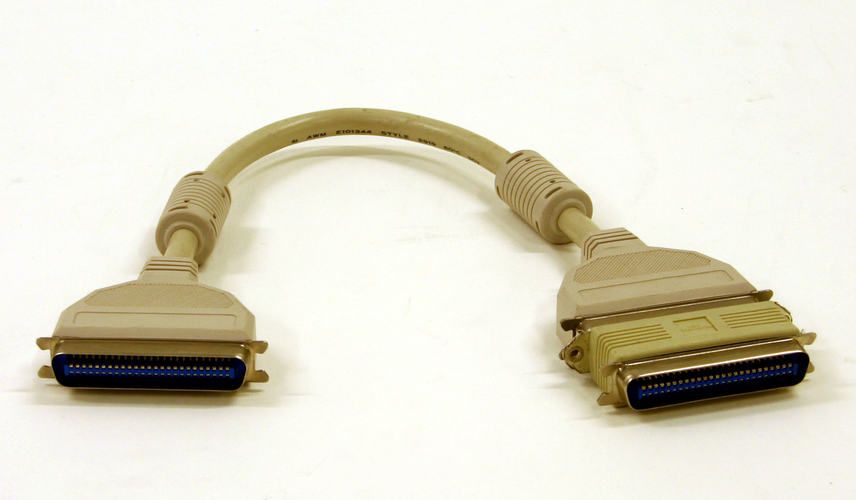
Non-functional internal parts which have gone bad are better be removed, thinks striegl—otherwise, they “might crumble and get in the way of proper functioning.”
Rubber feet were discovered by the Centre for Computing History to react to a wide variety of shelves, including those made plastic, woodchip, and glass. “A project is underway to place all our computers that have them on inert Plastazote pads,” notes Page-Mitchell.
Rather than trying to fix devices which show considerable rubber decay, it’s better to focus on “preserving them in the state which they’re in and making sure they’re not getting any worse,” adds Wood—and his peers share the sentiment. Page-Mitchell discourages any attempts to rework or clean the rubber: “No cleaning can take place, as it would only serve to destroy the object further, no detergents or soaps are ever used on the collection.”
Wood notes that, despite the museum’s desire to have every object in pristine condition, many of them only exist in a degrading one—and people do realize some exhibits were used daily. He admits the challenge is yet to be solved.
“We’ve almost kind of embraced that.”

